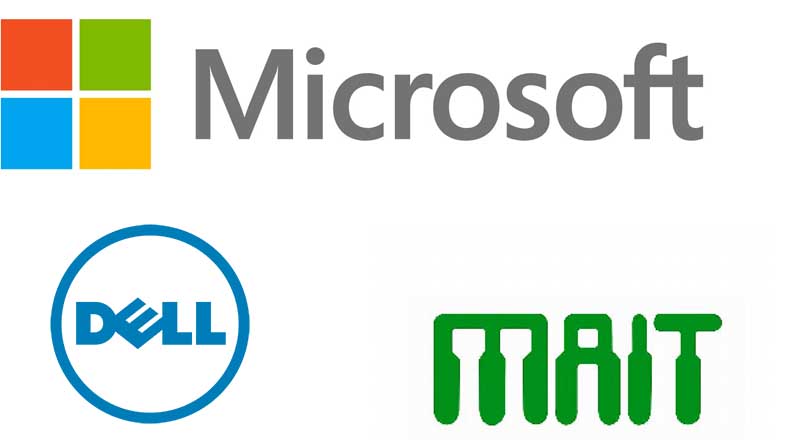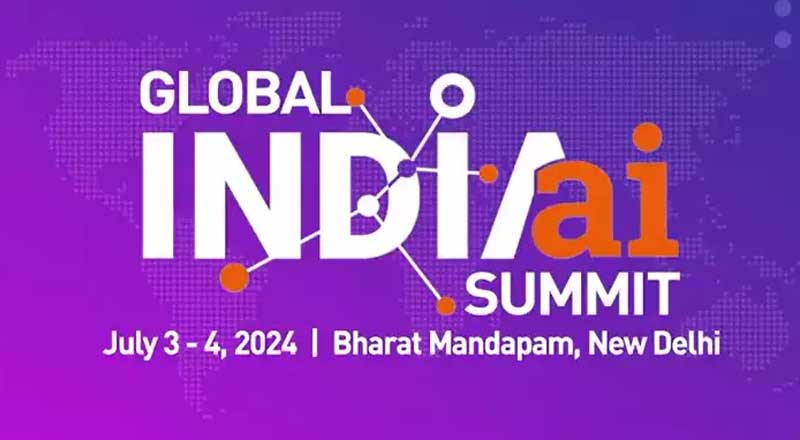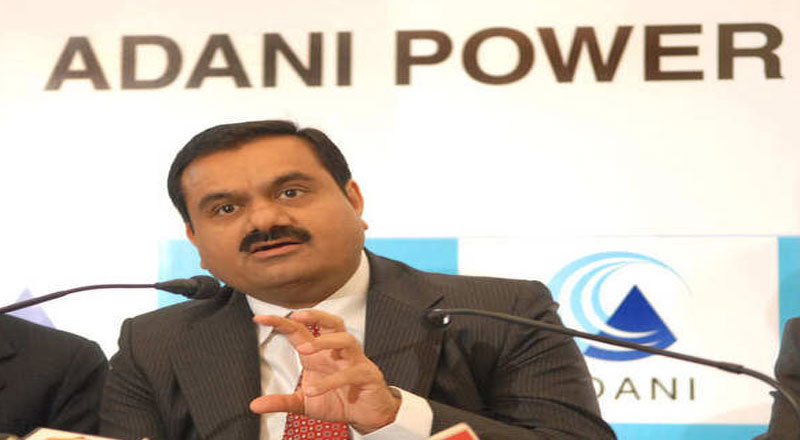MAIT in association with Dell and Microsoft has launched a report “EduVision 2018 – Transforming Education Through Technology Adoption”. The report discusses in-depth on how to deploy technology in Indian schools, colleges and universities with the goal of making education more inclusive by reducing access and cost barriers; ensuring quality curriculum delivery; effectively monitoring learning outcomes; and empowering teachers to deploy corrective measures when needed.
India’s rapid economic growth has powered the ambition and rise of its 1.3 billion citizens with a renewed focus on developing a world-class education system. More than 50 percent of India’s population is under the age of 25 and government officials recognise that sustained investment in education is vital to promote long-term growth and equip students with 21st century skills. Furthermore, India has one of the largest education systems in the world, with an estimated 285.5 million students enrolled in more than 1.6 million primary and secondary schools, and over 29.6 million enrolled in more than 48,000 institutes of higher education.
he Indian Government however, faces massive challenges as it looks to provide universal and high-quality education across the country. Despite significant government and private-sector investments in education, learning outcomes have stagnated in recent years, and secondary school dropout rates hang over 17 percent, according to the Lok Sabha. To bridge the gap, the Government is advancing an ambitious set of reforms under the Digital India initiative to catalyse the growth of India’s digital economy and bridge digital divide and encourage students, teachers, and administrators to leverage Information and Communication Technology (ICT) tools inside and outside the classroom to improve learning outcomes.
Today, India’s National Policy of ICT in School Education underscores the government’s commitment to providing universal, equitable access to state-of-the-art-tools to students and teachers. India’s education sector offers a great opportunity with approximately 29 per cent of India’s population being between the age group of 0-14 years. The education sector is estimated at US$ 91.7 billion in FY18 and is expected to reach US$ 101.1 billion in FY19. Moreover, India has over 250 million school going students, more than any other country. It also has one of the largest networks of higher education institutions in the world with over 36.64 million students enrolled in higher education in 2017-18.
To identify new and high-impact opportunities in Education sector, MAIT came up with the initiative of partnering with the government, academia and expert groups from the IT Industry to compile a detailed EduVision Report which was launched at the event. EduVision 2018 analyses gaps in the current education landscape, offers policy recommendations for the National Policy on Education aimed at improving education access and quality through ICT interventions, and provides recommended guidelines for corporate social responsibility investments in education.
“It is time we look at our nation with a different perspective. Education has helped us to move from thumb to signature to technology (through biometrics). We have readily adopted technology and thumb through biometrics. Technology penetration in the education system is the need of the hour and there is huge technological divide across the country. We, at MAIT, believe that the four most important and indispensable elements of ICT enabled classrooms are hardware, content, internet connectivity and power. Basis our understanding, very few schools in India have all the four elements that are essential to having a functioning and effective ICT enabled classroom. For us to succeed as a nation we will need to rapidly move ahead with integration of technology in education and we at MAIT will continue to drive this mission,” said Nitin Kunkolienker, President of MAIT.
“Education is perhaps the most important cornerstone of this digital transformation and in order to prepare for this wave of change, building digital skills is as essential as creating digital infrastructure,” said P. Krishnakumar, Vice President, MAIT. “Skilling and innovation are not only the outcome of education, but also the throughput. Despite the Government formulating policies and dedicating funds to ensure adoption of IT enabled classrooms at the school level, the impact and outcome remain largely waning. We understand that the challenge is not that of willingness, but that of last mile implementation of all the four elements. We need to equip our teachers, parents, and school administrators with the knowledge of how ICT can make their delivery more effective, measurable and efficient. This would be an important pivot on which skills for the future can be developed,” further commented Krishnakumar.
“We are committed to incorporating the technology to reform education for students and make our youth future-ready with the 21st century digital skills and are deeply interested to build a foundation in education system where technology is integral to success of not only the education system but also students who are ready for the digital world,” said Rina Ray, Secretary –SEL, Ministry of Human Resource Development, Government of India. “If we look at secondary schools, irrespective of government or private, all of them are excellently equipped with technology. The real challenge lies in reaching out to primary schools somewhere in Mizoram or in a border of Arunachal Pradesh, or on top of a mountain in Uttarakhand. Around 70% of schools fall under this category,” further said Ray.





